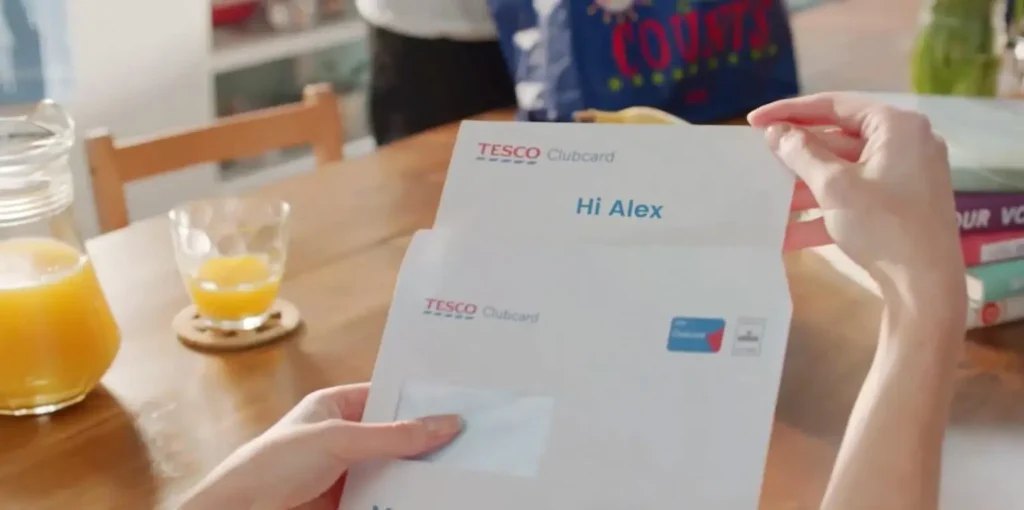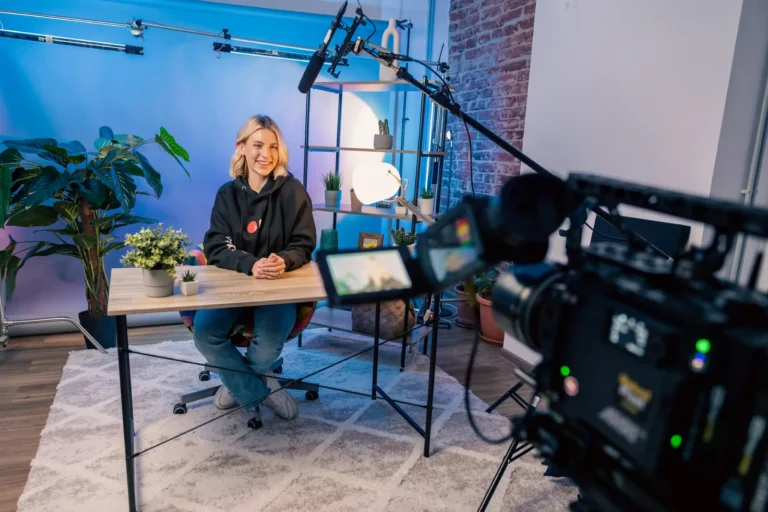The strongest customer satisfaction strategies look at a closed sale as an opened relationship. You’ve added someone new to your brand’s family of customers, and that person needs to be nurtured and looked after so they stick around. If you’re already enjoying a healthy retention rate, you know just how true this is.
That said, there’s always room for improvement. Here are our suggestions for making a good retention rate even better…
1. Find shared values
Research from the Corporate Executive Board revealed that of U.S. consumers who reported they had a strong relationship with a brand, 64% cited shared values as the primary reason. Don’t underestimate the power of sharing common ground beyond your products. People tend to define their personal identity through the brands they align with – that include the brands’ values.
Be vocal about what your company stands for, whether your values are specific to a charity or initiative, or are based in more broad-stroke beliefs. By giving people an insight to the causes that matter to you, you’re opening the door for deeper customer-brand connections that result in a stronger retention rate.
2. Gather and publicly share customers’ reviews of your brand
It’s not totally about what you say about your product, it’s what other people are saying. Invite customer feedback throughout the purchase process and beyond, then make sure that reviews are clearly posted where other potential and existing customers can benefit from the valuable insights.
The impact of product and service reviews cannot be overstated: 90% of consumers read online reviews and 88% of them trust the online reviews as much as personal recommendations.
Organically generated customer reviews can also help your team pinpoint exactly where further improvements can be made to increase customer satisfaction and retention.
3. Happy Employees = Happy Customers
According to John Cecere, President and Chief Creative Officer at Little, “To retain customers, retailers have to go beyond price and selection. What they need to do is leverage their most under-utilized assets — their employee base. Passionate, engaged employees can deliver personal customer experiences that create customer loyalty.”
We’ve talked about this dynamic before, but it bears repeating. Happy employees love the brands they work for, and they want customers to share in that happiness. Just as powerful as other customers’ testimonials are the testimonials of your own employees. Consumers can tell when they’re dealing with a company that has a toxic internal environment: problems typically outnumber solutions and no one is ever eager to provide satisfaction.
4. Optimize your resolution process
It’s not easy to guarantee your product or service will work 100% of the time for 100% of your customers. It is easy, however, to guarantee that you’re offering satisfying resolutions when problems do occur.
When someone comes to you with a complaint, don’t fight it. Accept it gracefully, acknowledge that your product didn’t meet their expectations and offer to quickly find an acceptable solution. It may seem like a simple implementation, but it’s one that can greatly impact retention rate when you consider that 52% of consumers reported switched brands last year after receiving poor customer service.
5. Personalize your approach
According to Accenture, 65% of consumers are more likely to buy from a retailer that knows their purchase history, 58% want someone to recommend products based on past purchases and 56% want brand interactions to recognize them by name. 75% of customers expect any one of these three kinds of personalization.
Furthermore, 77% of consumers have chosen, recommended or paid more for a brand that provides a personalized service or experience.
If increasing your retention rate means creating connections and giving people the customer experience they’re looking for, personalized interactions are definitely the foundation on which you should build all of your marketing communication.
6. Reward loyalty
It’s wonderful to know you have a group – no matter how small or large – of thoroughly dedicated customers. While it can be comforting to hang your hat on their loyalty, be careful not to neglect them or take them for granted.
Rewarding loyalty is one of the most powerful moves you can make in a customer relationship. An average returning customer spends 67% more than a first-time customer, so you want to keep that loyal base engaged and coming back for more.
Anniversary discounts, formal loyalty programs and random acts of special treatment all reaffirm brand loyalty while giving newer customers something to look forward to as their relationship with you matures.
7. Listen to your customers more than your competition
Don’t solely compete with other brands, also compete with your customers’ expectations and perception of you. Listen to what they’re saying and how they’re reacting to product changes and updates. Just because your competitor implemented a new feature and you did the same to stay relevant, it doesn’t mean that that particular feature is actually adding significant value to the customer experience.
We all know the “if everyone else jumped off a bridge…” adage. Consider this the marketing equivalent. Before you jump off the bridge, make sure you’re doing so because your customers are asking you to, not just because all of your peers are doing it.
Learn more about how you can increase your retention rate with these resources…
The Leading Cause of Customer Churn, And How to Avoid It
4 Things Your Boss Wishes You Knew About Customer Retention
Want to see what Idomoo’s Personalized Video as a Service Platform can do for you? Please click below!






